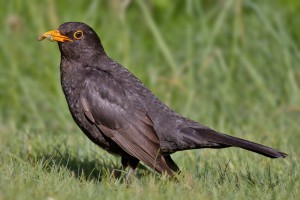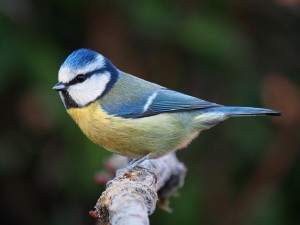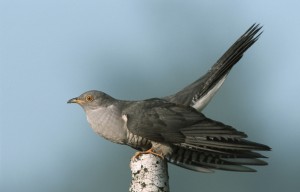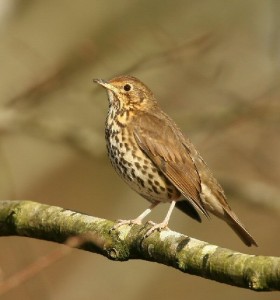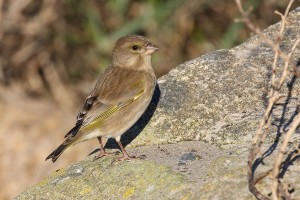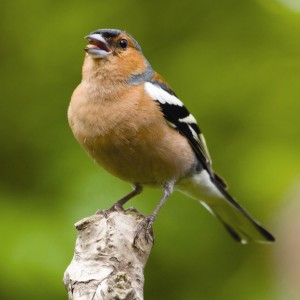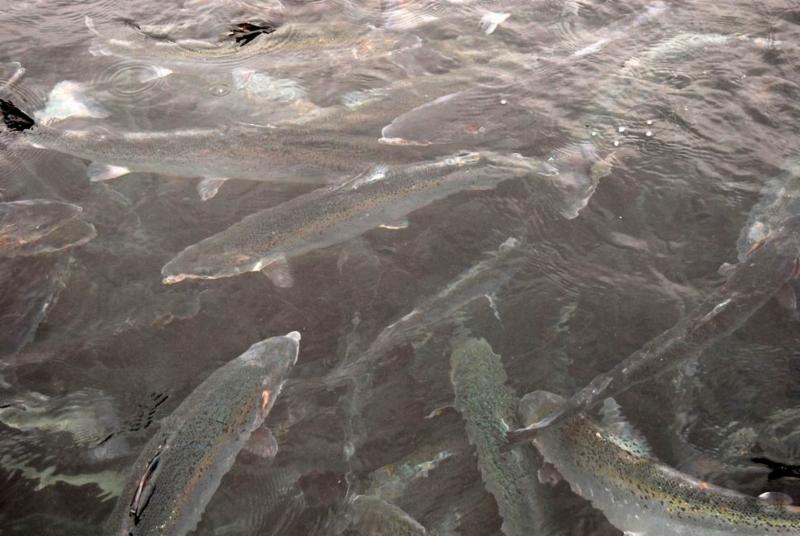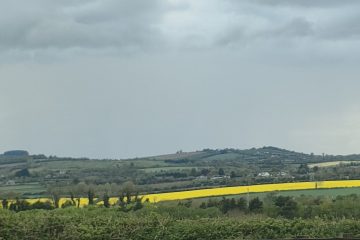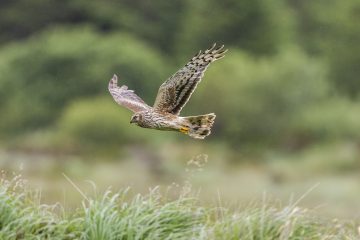Know your birdsong! Click through our quick guide to the calls of common Irish birds

[cs_section id=”” class=” ” style=”margin: 0px; padding: 45px 0px; ” visibility=”” parallax=”false”][cs_row id=”” class=” ” style=”margin: 0px auto; padding: 0px; ” visibility=”” inner_container=”true” marginless_columns=”false” bg_color=””][cs_column id=”” class=”” style=”padding: 0px; ” bg_color=”” fade=”false” fade_animation=”in” fade_animation_offset=”45px” fade_duration=”750″ type=”1/1″][cs_text id=”” class=”” style=”” text_align=””]
This is the time of year birds are at their loudest. During this relatively brief window from early April until the end of May birds are on the move. The summer brings about an influx of birds from the south moving into Ireland. Here is a selection of common Irish birds along with the their own distinctive bird songs. Information for this article was provided by the Bird Watch Ireland website.
[/cs_text][/cs_column][/cs_row][/cs_section][cs_section id=”” class=” ” style=”margin: 0px; padding: 45px 0px; ” visibility=”” parallax=”false”][cs_row id=”” class=” ” style=”margin: 0px auto; padding: 0px; ” visibility=”” inner_container=”true” marginless_columns=”false” bg_color=””][cs_column id=”” class=”” style=”padding: 0px; ” bg_color=”” fade=”false” fade_animation=”in” fade_animation_offset=”45px” fade_duration=”750″ type=”1/1″][cs_text id=”” class=”” style=”” text_align=”justify-text”]
Blackbird
Resident, and winter visitor from Norway, Sweden, Germany and Denmark. Green-listed in Ireland. The European population has been assessed as Secure. The commonest and most widespread member of the thrush family In Ireland. The males’s all black plumage and bright yellow bill is unmistakable, however females are much browner, with speckles on the upper breast and at first glance resemble a Song Thrush. Often cocks long tail when alarmed or when running along ground.[/cs_text][x_audio_player src=”https://greennews.ie/wp-content/uploads/2016/05/Fil350_Solsort-black-bird.mp3″ advanced_controls=”true” preload=”none” autoplay=”false” loop=”false”][/cs_column][/cs_row][/cs_section][cs_section id=”” class=” ” style=”margin: 0px; padding: 45px 0px; ” visibility=”” parallax=”false”][cs_row id=”” class=” ” style=”margin: 0px auto; padding: 0px; ” visibility=”” inner_container=”true” marginless_columns=”false” bg_color=””][cs_column id=”” class=”” style=”padding: 0px; ” bg_color=”” fade=”false” fade_animation=”in” fade_animation_offset=”45px” fade_duration=”750″ type=”1/1″][cs_text id=”” class=”” style=”” text_align=”justify-text”]
Blue Tit
A colourful, noisy, active little bird, commonly seen in gardens, especially at nut feeders and will use nestboxes. Bright blue crown, nape colllar, wings and tail and yellow underside. The white cheeks are bordered by a dark blue line – the line through the eye is separated from the blue cap by a white band – all producing a distinctive head pattern. Bill is short and stubby, legs bluish-grey. Very acrobatic, often hangs upside-down on branches pecking at buds or foraging for insects. Reqular visitor to peanut feeders and will use nestboxes. Occurs in woodland, farmland, gardens etc. Usually seen in small groups in winter and will team up with other tit species, Treecreepers and Goldcrests to form roving bands.[/cs_text][x_audio_player src=”https://greennews.ie/wp-content/uploads/2016/05/Fil410_Blaamejse-2-blue-tit.mp3″ advanced_controls=”true” preload=”none” autoplay=”false” loop=”false”][/cs_column][/cs_row][/cs_section][cs_section id=”” class=” ” style=”margin: 0px; padding: 45px 0px; ” visibility=”” parallax=”false”][cs_row id=”” class=” ” style=”margin: 0px auto; padding: 0px; ” visibility=”” inner_container=”true” marginless_columns=”false” bg_color=””][cs_column id=”” class=”” style=”padding: 0px; ” bg_color=”” fade=”false” fade_animation=”in” fade_animation_offset=”45px” fade_duration=”750″ type=”1/1″][cs_text id=”” class=”” style=”” text_align=”justify-text”]
Cuckoo
Widespread summer visitor to Ireland from April to August. Despite its obvious song, relatively infrequently seen. In flight, can be mistaken for a bird of prey such as Sparrowhawk, but has rapid wingbeats below the horizontal plane – ie. the wings are not raised above the body. Adult male Cuckoos are a uniform grey on the head, neck, back, wings and tail. The underparts are white with black barring. Adult females can appear in one of two forms. The so-called grey-morph resembles the adult male plumage, but has throat and breast barred black and white with yellowish wash. The rufous-morph has the grey replaced by rufous, with strong black barring on the wings, back and tail. Juvenile Cuckoos resemble the female rufous-morph, but are darker brown above.[/cs_text][x_audio_player src=”https://greennews.ie/wp-content/uploads/2016/05/Fil275_Goeg-cuckoo.mp3″ advanced_controls=”true” preload=”none” autoplay=”false” loop=”false”][/cs_column][/cs_row][/cs_section][cs_section id=”” class=” ” style=”margin: 0px; padding: 45px 0px; ” visibility=”” parallax=”false”][cs_row id=”” class=” ” style=”margin: 0px auto; padding: 0px; ” visibility=”” inner_container=”true” marginless_columns=”false” bg_color=””][cs_column id=”” class=”” style=”padding: 0px; ” bg_color=”” fade=”false” fade_animation=”in” fade_animation_offset=”45px” fade_duration=”750″ type=”1/1″][cs_text id=”” class=”” style=”” text_align=”justify-text”]
Song Thrush
Resident. Additional birds arrive from Continent in winter. The thrush most familiar to people. Roughly the size of a Blackbird, plain brown upperparts and buffish white underside, with prominent arrow-shaped black spots in lines down the breast and flanks. Legs pale pinkish-grey. Bounds along ground in search of worms. Males sit on high perch delivering song, which is loud and far-carrying. Usually occurs in ones and twos – never in flocks.[/cs_text][x_audio_player src=”https://greennews.ie/wp-content/uploads/2016/05/Fil356_Sangdrossel-song-thrush.mp3″ advanced_controls=”true” preload=”none” autoplay=”false” loop=”false”][/cs_column][/cs_row][/cs_section][cs_section id=”” class=” ” style=”margin: 0px; padding: 45px 0px; ” visibility=”” parallax=”false”][cs_row id=”” class=” ” style=”margin: 0px auto; padding: 0px; ” visibility=”” inner_container=”true” marginless_columns=”false” bg_color=””][cs_column id=”” class=”” style=”padding: 0px; ” bg_color=”” fade=”false” fade_animation=”in” fade_animation_offset=”45px” fade_duration=”750″ type=”1/1″][cs_text id=”” class=”” style=”” text_align=””]
Wren
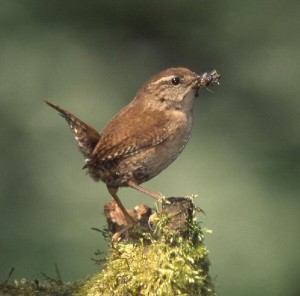
One of Ireland’s smallest birds, also the most widespread, being found in almost all habitats including farmland, woodland, scrub, mountain and even on cliffs and offshore islands. Its small rounded body and tiny cocked tail are distinctive, however it can be a surprisingly difficult bird to see – more often heard than seen. The upperparts are reddish-brown and underparts paler with some greyish tones – faint dark barring can be seen at close range. There is a white stripe over the eye and the bill is fine and pointed.[/cs_text][x_audio_player src=”https://greennews.ie/wp-content/uploads/2016/05/Fil332_Gaerdesmutte-wren.mp3″ advanced_controls=”true” preload=”none” autoplay=”false” loop=”false”][/cs_column][/cs_row][/cs_section][cs_section id=”” class=” ” style=”margin: 0px; padding: 45px 0px; ” visibility=”” parallax=”false”][cs_row id=”” class=” ” style=”margin: 0px auto; padding: 0px; ” visibility=”” inner_container=”true” marginless_columns=”false” bg_color=””][cs_column id=”” class=”” style=”padding: 0px; ” bg_color=”” fade=”false” fade_animation=”in” fade_animation_offset=”45px” fade_duration=”750″ type=”1/1″][cs_text id=”” class=”” style=”” text_align=”justify-text”]
Greenfinch
Green-listed in Ireland. The European population is regarded as Secure by BirdLife International. Has been affected by outbreaks of Trichomoniasis recently. A robust finch, with large head, massive bill and shortish tail. The plumage of both sexes is a mixture of greens and greys with splashes of bright yellow – the female being duller, browner and showing faint streaks. The tail is forked, dark at the tip and centre and yellow on the sides. Bill very thick at base, pale, with a pinkish tinge. Legs slightly fleshy pink. In spring, sings from high perch or in wavering songflight over territory. Found mainly in farmland and around towns and parks. A common garden bird, often occurring in large flocks.[/cs_text][x_audio_player src=”https://greennews.ie/wp-content/uploads/2016/05/Fil416_Groenirisk-greenfinch.mp3″ advanced_controls=”true” preload=”none” autoplay=”false” loop=”false”][/cs_column][/cs_row][/cs_section][cs_section id=”” class=” ” style=”margin: 0px; padding: 45px 0px; ” visibility=”” parallax=”false”][cs_row id=”” class=” ” style=”margin: 0px auto; padding: 0px; ” visibility=”” inner_container=”true” marginless_columns=”false” bg_color=””][cs_column id=”” class=”” style=”padding: 0px; ” bg_color=”” fade=”false” fade_animation=”in” fade_animation_offset=”45px” fade_duration=”750″ type=”1/1″][cs_text id=”” class=”” style=”” text_align=”justify-text”]
Chaffinch
Our commonest finch – found in woodland, farmland, parks and gardens. In winter can form large flocks of hundreds of birds, especially in stubble fields and under beech trees. Male’s breast, face and underside a pinkish orange-brown, becoming a darker, wine shade in winter. Nape and crown blue-grey. The female is much greyer, with washed out warm grey underparts. Both sexes display large white patches on otherwise blackish wings, both when perched and flying – this makes Identification very easy even at some range. Longish tail, which shows a dark centre and white outer feathers in flight.[/cs_text][x_audio_player src=”https://greennews.ie/wp-content/uploads/2016/05/Fil413_Bogfinke-chaffinch-1.mp3″ advanced_controls=”true” preload=”none” autoplay=”false” loop=”false”][/cs_column][/cs_row][/cs_section][cs_section id=”” class=” ” style=”margin: 0px; padding: 45px 0px; ” visibility=”” parallax=”false”][cs_row id=”” class=” ” style=”margin: 0px auto; padding: 0px; ” visibility=”” inner_container=”true” marginless_columns=”false” bg_color=””][cs_column id=”” class=”” style=”padding: 0px; ” bg_color=”” fade=”false” fade_animation=”in” fade_animation_offset=”45px” fade_duration=”750″ type=”1/1″][cs_text id=”” class=”” style=”” text_align=””]
Great Tit
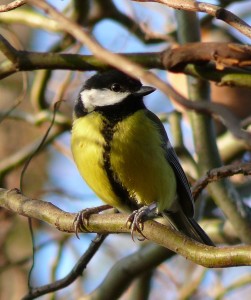
The largest Irish tit – green and yellow with a striking glossy black head with white cheeks and a distinctive two-syllable song. It is a woodland bird which has readily adapted to man-made habitats to become a familiar garden visitor. It can be quite aggressive at a birdtable, fighting off smaller tits. In winter it joins with blue tits and others to form roaming flocks which scour gardens and countryside for food.
[/cs_text][x_audio_player src=”https://greennews.ie/wp-content/uploads/2016/05/Great-tit.mp3″ advanced_controls=”true” preload=”none” autoplay=”false” loop=”false”][/cs_column][/cs_row][/cs_section][cs_section id=”” class=” ” style=”margin: 0px; padding: 45px 0px; ” visibility=”” parallax=”false”][cs_row id=”” class=” ” style=”margin: 0px auto; padding: 0px; ” visibility=”” inner_container=”true” marginless_columns=”false” bg_color=””][cs_column id=”” class=”” style=”padding: 0px; ” bg_color=”” fade=”false” fade_animation=”in” fade_animation_offset=”45px” fade_duration=”750″ type=”1/1″][cs_text id=”” class=”” style=”” text_align=””]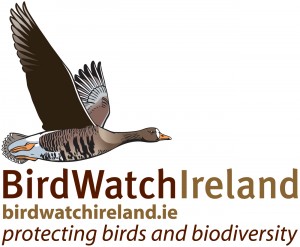
If you enjoyed reading this article and listening to the different bird sounds you can find out more about the lush variety of birds in Ireland by visiting the Bird Watch Ireland website by clicking here.[/cs_text][/cs_column][/cs_row][/cs_section][cs_section id=”” class=” ” style=”margin: 0px; padding: 45px 0px; ” visibility=”” parallax=”false”][cs_row id=”” class=” ” style=”margin: 0px auto; padding: 0px; ” visibility=”” inner_container=”true” marginless_columns=”false” bg_color=””][cs_column id=”” class=”” style=”padding: 0px; ” bg_color=”” fade=”false” fade_animation=”in” fade_animation_offset=”45px” fade_duration=”750″ type=”1/1″] [/cs_column][/cs_row][/cs_section]
